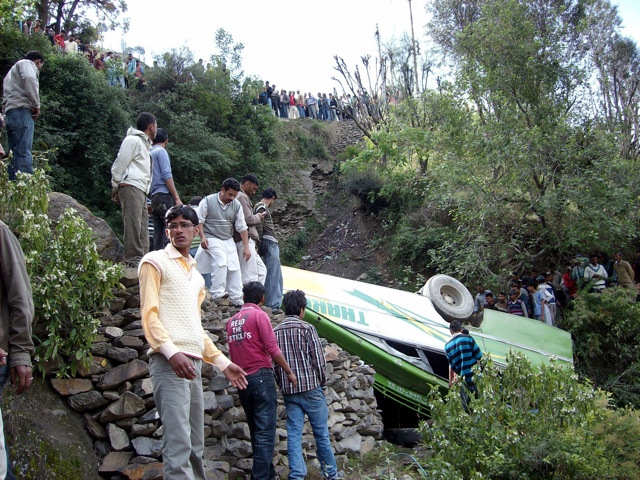New Delhi : Maintaining its leading position, India is estimated to get $58 billion remittance from its diaspora in 2011, followed closely by China at $57 billion, World Bank data showed Thursday.
Developing countries are estimated to get $351 billion of the total estimated remittance flow of $406 billion during the current calendar year. Remittance to developing countries has increased by 8 percent in 2011.
For the first time since the global financial crisis, remittance flows to all six developing regions rose in 2011. Remittance to developing countries are likely to increased to $441 billion by 2014 from the estimated $351 billion this year.
“Despite the global economic crisis that has impacted private capital flows, remittance flows to developing countries have remained resilient, posting an estimated growth of 8 percent in 2011,” Hans Timmer, director of the World Bank Development Prospects Group, said in the report.
Mexico with $24 billion is the third largest recipient of remittance in 2011, followed by Philippines $23 billion, Pakistan $12 billion, Bangladesh $12 billion, Nigeria $11 billion, Vietnam $9 billion and Egypt and Lebanon $8 billion each.
The World Bank expects continued growth in remittance flows going forward, by 7.3 percent in 2012, 7.9 percent in 2013 and 8.4 percent in 2014.
High oil prices have helped provide a cushion for remittances to Central Asia from Russia and to South and East Asia from the Gulf Cooperation Council (GCC) countries.
Also, a depreciation of currencies of some large migrant-exporting countries (including Mexico, India and Bangladesh) created additional incentives for remittances as goods and services in these countries became cheaper in US dollar terms.
Remittance flows to four of the six World Bank-designated developing regions grew faster than expected — by 11 percent to Eastern Europe and Central Asia, 10.1 percent to South Asia, 7.6 percent to East Asia and Pacific and 7.4 percent to Sub-Saharan Africa, despite the difficult economic conditions in Europe and other destinations of African migrants.
IANS


